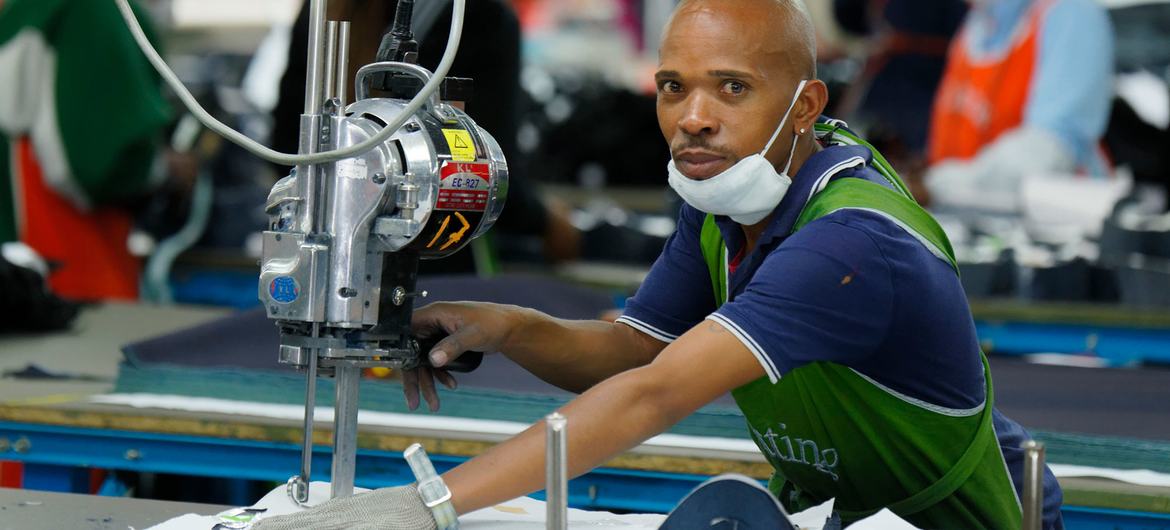Africa’s ‘land-linked’ economies poised to drive continent’s prosperity

Africa’s ‘Land-Linked’ Nations Poised to Drive Growth
8 August 2025 – Economic Development
Once seen as disadvantaged due to their lack of direct access to the sea, Africa’s landlocked developing countries (LLDCs) are increasingly being redefined as “land-linked” economies – strategic hubs for trade, innovation, and connectivity at the heart of the continent.
“Africa’s LLDCs are no longer isolated by geography – they are emerging as dynamic centres of regional integration and economic activity,” said Samuel Doe, UNDP Resident Representative in Ethiopia, at the Third UN Conference on LLDCs in Awaza, Turkmenistan.
A new UNDP position paper, Africa’s Land-Linked Economies: Pathways to Prosperity and Development, reframes these nations’ central location as a competitive advantage. Examples include:
- Rwanda’s Kigali Logistics Platform – a 130,000-hectare trade hub linking Uganda, DRC, and Burundi to Kenya and Tanzania.
- Ethiopia’s modernized trade routes – cutting freight transit from 72 to 12 hours by rail, while its national airline connects Africa to global markets.
- Botswana, Malawi, Zambia, and Zimbabwe anchoring the North-South corridor, linking southern Africa to wider continental trade routes.
While LLDCs account for just 1.1% of global trade, they supply vital regional goods such as diamonds, copper, coffee, sugar, textiles, and apparel.
AfCFTA: Turning Geography into Opportunity
The African Continental Free Trade Area, launched in 2021, is breaking down trade barriers and giving LLDCs a stronger role in Africa’s $3.4 trillion market. “Land-linked flips the narrative – inland nations become bridges, not barriers,” said Doe.
Digital Pathways to Inclusion
The UNDP paper also highlights digital connectivity as a transformative force. Although only 20% of people in African LLDCs have internet access, emerging solutions can bypass some traditional trade limitations. However, reliance on neighbouring coastal states for undersea cable access remains a challenge – especially for doubly landlocked countries.
By embracing innovation, policy reform, and regional cooperation, Africa’s LLDCs are positioning themselves as key drivers of the continent’s sustainable and inclusive growth.
